Triangular bandages, also known as cravat bandages, are versatile pieces of medical equipment commonly used in first aid. They are typically made from a piece of cloth cut into a right-angled triangle, with the most common size being approximately 40 inches (102 cm) along the base and 40 inches along the other two sides.
Willcome Triangular Bandages are designed for use as an arm sling, cravat bandage or cover for a head dressing. Made of 100% cotton, triangular bandages are individually polybagged and come complete with two safety pins.


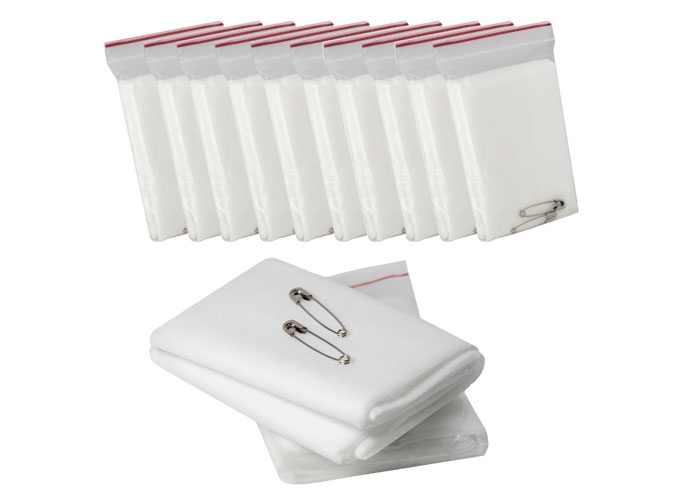
Comfortable: Breathable, soft and skin-friendly, make patients feel more comfortable.
Lightweight and Compact: Easy to fold and store in a first aid kit.
Durable: The triangular bandage is made of high-quality cotton and is very durable.
Versatility: Triangular bandages can be used in numerous ways to address different types of injuries.
Easy to use: Triangular design, Simple to apply, even by individuals with minimal first aid training.
Product Name | Triangular Bandage |
Material | 100% Cotton / Non-woven |
Cotton Yarn | 40's, 32's, 21's etc. |
Gauze Mesh | 40*30, 48*30, 56*56, 70*42 etc. |
Bandage Size | 36"*36"*50", 38"*38"*53", 40"*40"*56" etc. |
Layer | 4ply, 6ply, 8ply, 12ply, 16ply, 24ply |
Accessories | 2 safety pins |
Usage | Arm sling, cravat bandage or cover for head dressing etc. |
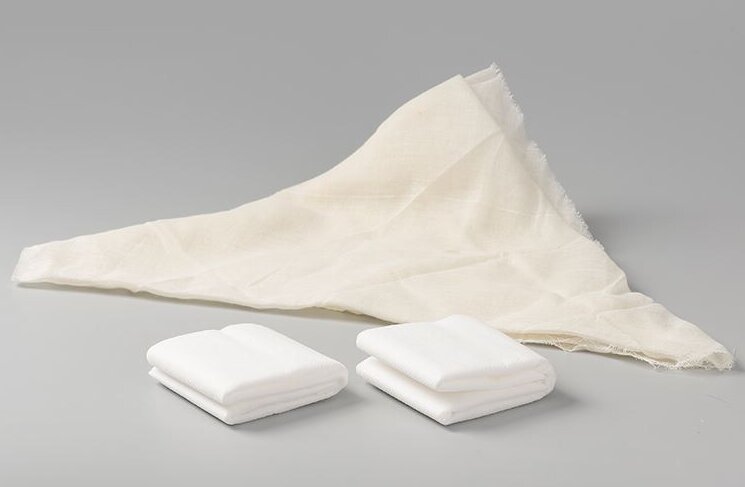
Cotton:
Properties: Soft, breathable, and absorbent.
Advantages: Comfortable against the skin, can be easily washed and reused, and is generally hypoallergenic. Ideal for most first aid applications due to its comfort and breathability.
Cotton Blend:
Properties: A mix of cotton and synthetic fibers.
Advantages: Combines the softness and breathability of cotton with the added durability and stretch of synthetic fibers.
Non-Woven Fabric:
Properties: Made from synthetic fibers bonded together.
Advantages: Lightweight, durable, and often more affordable than woven fabrics. Suitable for single-use applications, often found in disposable first aid kits.
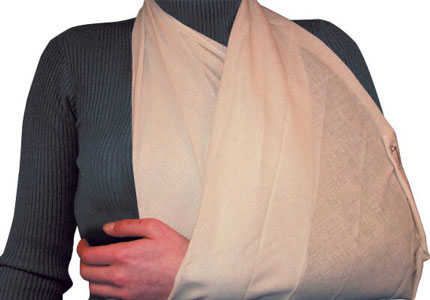
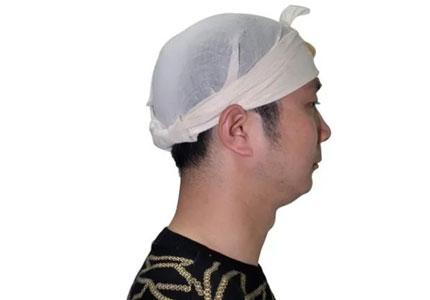
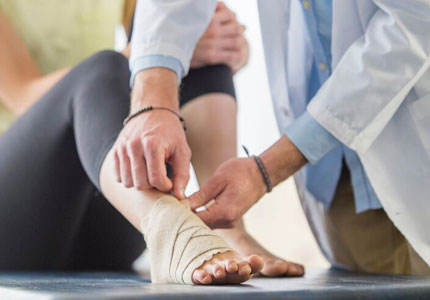
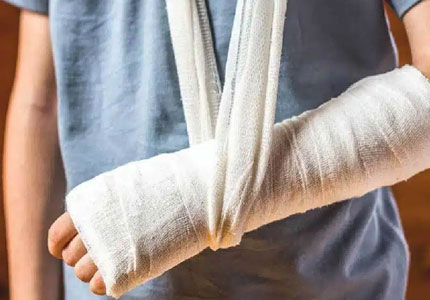
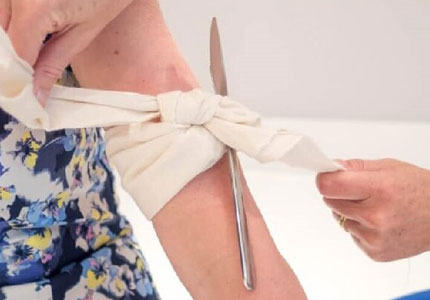
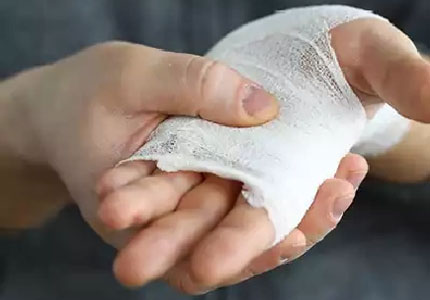
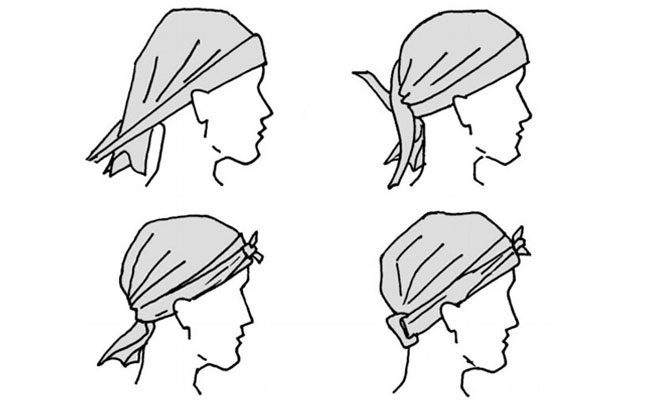
Fold the bottom edge of the triangle scarf in two layers about two fingers wide, and place it on the forehead and above the eyebrows. The top corners are pulled to the back of the skull. The two bottom corners of the triangle scarf are pulled over the ears and behind the pillow. First make a half knot, press the top corner tightly, put the top corner into the knot, and then tie the left and right bottom corners to the forehead.
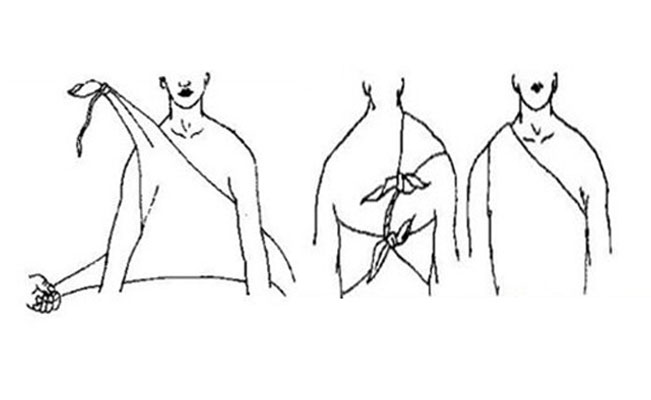
Take two dovetail scarfs, tie the bottom corners and connect them, place the connection on the ribs of one armpit, and tie the bottom corners of the other two dovetails around the chest and back on the opposite side. Then pull the left and right corners of the dovetail on the chest back to the shoulders to tie the knots.
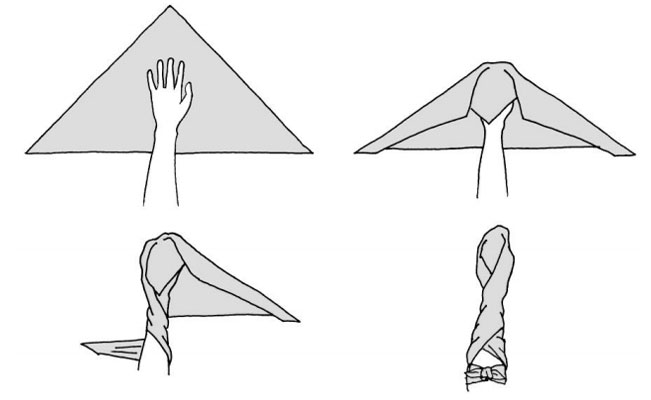
Place the hands (foot) heart down on the triangle scarf, point the fingers (toes) to the top corner of the triangle scarf, pull the two bottom corners toward the back of the hand (foot), and cross the top corner around the wrist (ankle). Department) knotted.